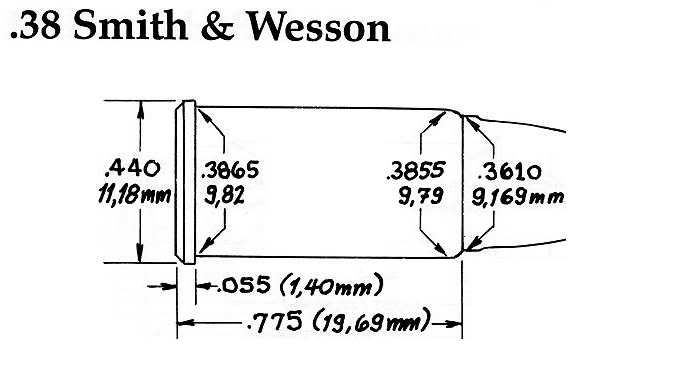 First we had the .36 caliber percussion revolver which really had a .375-.377" groove diameter. Then we had cartridge conversions which used heel type bullets of correct diameter for the bore which led to the cartridges being called .38 caliber. Then we had the inside lubed bullet due to Russian influence and practicality and the bullet fit in the same case came out to about .358". Then we had bores to match the new bullets but the cartridge name didn't change. Then the .38 Colt was lengthened and eventually we have the .38 S&W Special, .357 Magnum, .360 Dan Wesson and .357 Maximum. Of course the .357 Max is very similar to the .38 Extra Long but not to confuse things...
First we had the .36 caliber percussion revolver which really had a .375-.377" groove diameter. Then we had cartridge conversions which used heel type bullets of correct diameter for the bore which led to the cartridges being called .38 caliber. Then we had the inside lubed bullet due to Russian influence and practicality and the bullet fit in the same case came out to about .358". Then we had bores to match the new bullets but the cartridge name didn't change. Then the .38 Colt was lengthened and eventually we have the .38 S&W Special, .357 Magnum, .360 Dan Wesson and .357 Maximum. Of course the .357 Max is very similar to the .38 Extra Long but not to confuse things...In between, in years of transition we experimented with hollowbase bullets which got even more "bumped up" due to BP's characteristics and even using the same bore for both the .38s and the .41s...
Isn't life interesting?
What IS really interesting is that the .38 Colt eventually won the .38 (actually .36) revolver cartridge war and the .32 S&W (actually .312) eventually won the .32 revolver cartridge war lengthening to become the .32 S&W, .32 S&W Long, .32 H&R and now the .327 Federal whereas the .32 Colt and .32 Long Colt have only now been given a new lease on life due to the vagaries of the cowboy action shooters.
 So, what is the real "genealogy" of the various .38 cartridges? Well...
So, what is the real "genealogy" of the various .38 cartridges? Well...There once was the ".36" caliber Colt revolvers (which established a standard of sorts), with .36" (nominally) bores but .375" (nominally) groove diameters. When brass cartridges became the in thing and the guns were converted, the cartridges used bullets that approximated the groove diameter. Due to the technology of the time, these were outside lubricated, heeled bullets like our modern .22 Long Rifle (and shorts and longs and CBs...) These bullets had drawbacks such as leaving lube in pockets where ammo was carried, picking up dirt and other trash, or worse, being wiped clean off! Also, when carried a lot, the bullets would come loose from the case. Something was bound to change.
 The Russians might have been the ones to get the ball rolling when they ordered a bunch of Smith and Wesson pistols but insisted that the cartridge for which they were chambered carry an inside lubricated bullet (the .44 Russian instead of the .44 American). The advantages of inside lubricated cartridges were obvious and immediately in demand. Makers at first tried to use these inside lubricated bullets in the old cartridges resulting in bullets severely undersized for the bores in which they were being shot. After a bit, the bores of the revolvers were adapted to the new cartridges by being reduced to .357" (nominal groove diameter measurement) but were still referred to as "thirty-eights". The .32s went through a parallel development but the cases were made a bit bigger to accommodate the necessary .312" bullets. Of course, the peculiarities of the market, relative popularity of certain firearms, and so forth worked to bring certain cartridges to the forefront. The .38 Colt became the .38 Long Colt became the .38 S&W Special (S&W's co-opting of the Colt military cartridge to their own benefit) which became the .357 Magnum which became the .360 Dan Wesson and the .357 Maximum. S&W tried their own .38 centerfire with the 36/38 caliber in the "Baby Russian" in 1876 (using .36 caliber bullets and .380" diameter brass and later referred to as the .38 S&W beginning about 1877) but it didn't achieve the same level of popularity (again, it uses a .361" bullet) nor did it become a military cartridge in this country which is why S&W didn't use it to create the "Special". However, the S&W cartridge did get military, para-military and police use elsewhere mainly in Great Britain and its colonies (and former colonies) as the .38/200 or .380/200 later known as the .380 MK I or MK II and I suppose somebody might find ammo marked with the metric designation as 9.1x20R.
The Russians might have been the ones to get the ball rolling when they ordered a bunch of Smith and Wesson pistols but insisted that the cartridge for which they were chambered carry an inside lubricated bullet (the .44 Russian instead of the .44 American). The advantages of inside lubricated cartridges were obvious and immediately in demand. Makers at first tried to use these inside lubricated bullets in the old cartridges resulting in bullets severely undersized for the bores in which they were being shot. After a bit, the bores of the revolvers were adapted to the new cartridges by being reduced to .357" (nominal groove diameter measurement) but were still referred to as "thirty-eights". The .32s went through a parallel development but the cases were made a bit bigger to accommodate the necessary .312" bullets. Of course, the peculiarities of the market, relative popularity of certain firearms, and so forth worked to bring certain cartridges to the forefront. The .38 Colt became the .38 Long Colt became the .38 S&W Special (S&W's co-opting of the Colt military cartridge to their own benefit) which became the .357 Magnum which became the .360 Dan Wesson and the .357 Maximum. S&W tried their own .38 centerfire with the 36/38 caliber in the "Baby Russian" in 1876 (using .36 caliber bullets and .380" diameter brass and later referred to as the .38 S&W beginning about 1877) but it didn't achieve the same level of popularity (again, it uses a .361" bullet) nor did it become a military cartridge in this country which is why S&W didn't use it to create the "Special". However, the S&W cartridge did get military, para-military and police use elsewhere mainly in Great Britain and its colonies (and former colonies) as the .38/200 or .380/200 later known as the .380 MK I or MK II and I suppose somebody might find ammo marked with the metric designation as 9.1x20R.
On the other hand, S&W had started early with .32s in their rimfire .32 for the Model 2 and had so much market share that Colt switched from chambering their revolvers for the .32 Long Colt to the .32 New Police (a .32 S&W Long with a flat meplat on the bullet), so called to avoid putting the S&W name on their revolvers.
The cartridges from these two design paths have different case diameter so one has to know what is what when buying or reloading ammo. To further complicate the issue, there are rimfire equivalents and the cartridges were also used in various rifles. For example, the Marlin 1892 .32s chamber the .32 Colt Long and came with firing pins that could be used with either the centerfire or rimfire versions. However, some of those rifles have been rechambered to use the more easily found .32 S&W Long.
 So, to run the .32s down (for the centerfires) we have the .32 S&W which begat the .32 S&W Long which begat the .32 H&R which begat the .327 Federal. So far as I know, the .32 Colt begat the .32 Long Colt and then the line died.
So, to run the .32s down (for the centerfires) we have the .32 S&W which begat the .32 S&W Long which begat the .32 H&R which begat the .327 Federal. So far as I know, the .32 Colt begat the .32 Long Colt and then the line died.We should note that many of these older cartridges were on the razor edge of absolute death until cowboy action shooting came along. That game certainly excited a lot of interest in the old cartridges both for reasons of nostalgia and because they are very mild recoiling and period correct.







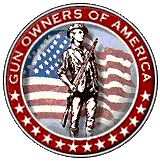

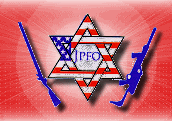




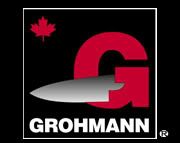
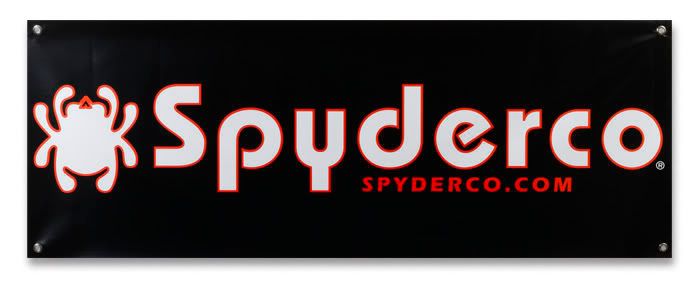










No comments:
Post a Comment